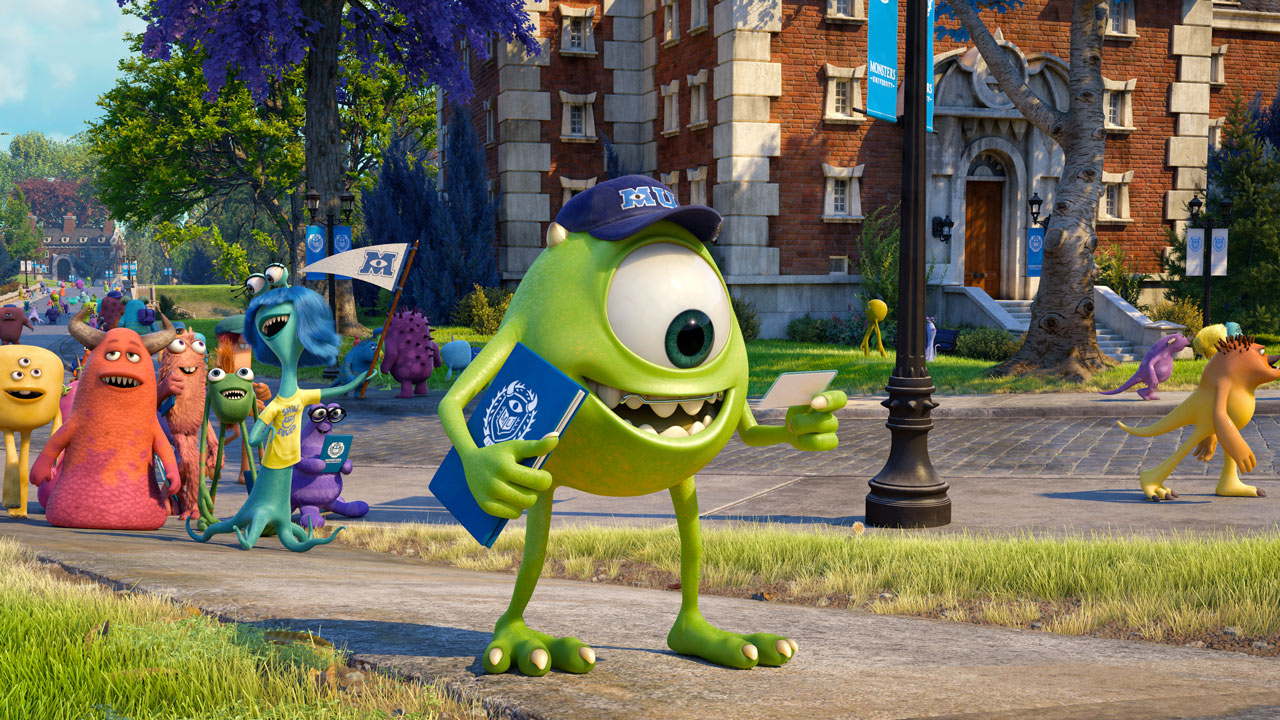FROM BEHIND THE scenes at Pixar Animation Studios, Sanjay Bakshi bridges the worlds of art and technology—and teaches monsters to smile.
Bakshi, a graduate of the Department of Computer Science, has been with Pixar since 2002, working on such computer animated films as Ratatouille, Cars and Toy Story 3. Recently, as supervising technical director on Monsters University and The Good Dinosaur, he oversaw the technology that brought to life entire worlds and the characters within them.
A human endeavour
The endless march of technology drives both rising expectations and rising achievements in Bakshi’s field. Each new Pixar film delivers greater spectacle and finer detail than was previously possible. But the emotional core of the films—the relatable and vibrantly expressive animated characters—hasn’t changed.
“The great Disney masters kind of figured out how to make characters expressive and convey emotion,” says Bakshi, “and those are the principles that our animators still follow.”

Advancements in technology have generally made it faster and easier for computer animators to achieve a particular pose or facial expression on a character, explains Bakshi. In recent years, for example, character models have been rigged in the computer with controls similar to a puppet that allow their features to be quickly tugged into a desired position.
But the end result of these sleeker methods isn’t much different from Bakshi’s early years at Pixar. Sullivan’s fang-filled grin in Monsters University is the same whether it is achieved with the latest software-assisted techniques or painstakingly by hand. Animation remains a fundamentally human endeavour; Pixar’s animators get their inspiration from making faces in a mirror or from people-watching in a café.
“In animation, the animators are really the actors—they’re breathing life into the characters,” Bakshi says.
Creating a connection
One lesson learned from early animation pioneers is that certain human features are vital for an animated character to successfully convey human emotion—even if the character is nothing close to human. Bakshi recalls the Pixar team’s challenge in finding a place to depict eyebrows on the talking vehicles of the 2006 film Cars. After several experiments, they settled on using the windshield.
“You need those basic shapes. Some of our characters don’t have noses, necessarily, but having eyes, eyebrows, eyelids, mouth—we have to figure that stuff out.”
After those essentials are achieved, experience has taught Bakshi that it is best not to go too far down the road of humanity and realism. Pixar’s characters are deliberately designed in an unrealistic way that allows emotional expression to be magnified. Eyes are usually oversized. Facial features stretch and squash into impossible shapes.
And excessively lifelike computer animation brings its own set of pitfalls, as encountered by other animation and visual effects studios. When a character looks almost—but not quite—real, audiences tend to be distracted by subtle shortcomings such as the movement of the eyes.
That’s not a problem faced by Pixar and its stylized characters, says Bakshi.
“When our characters are in jeopardy or sad, the audience can still feel that—and sometimes even relate to it more—if it’s stylized.”
Besides, in Bakshi’s vibrant world, “some of the fun is in how expressive and how far you can go with animated characters.”
